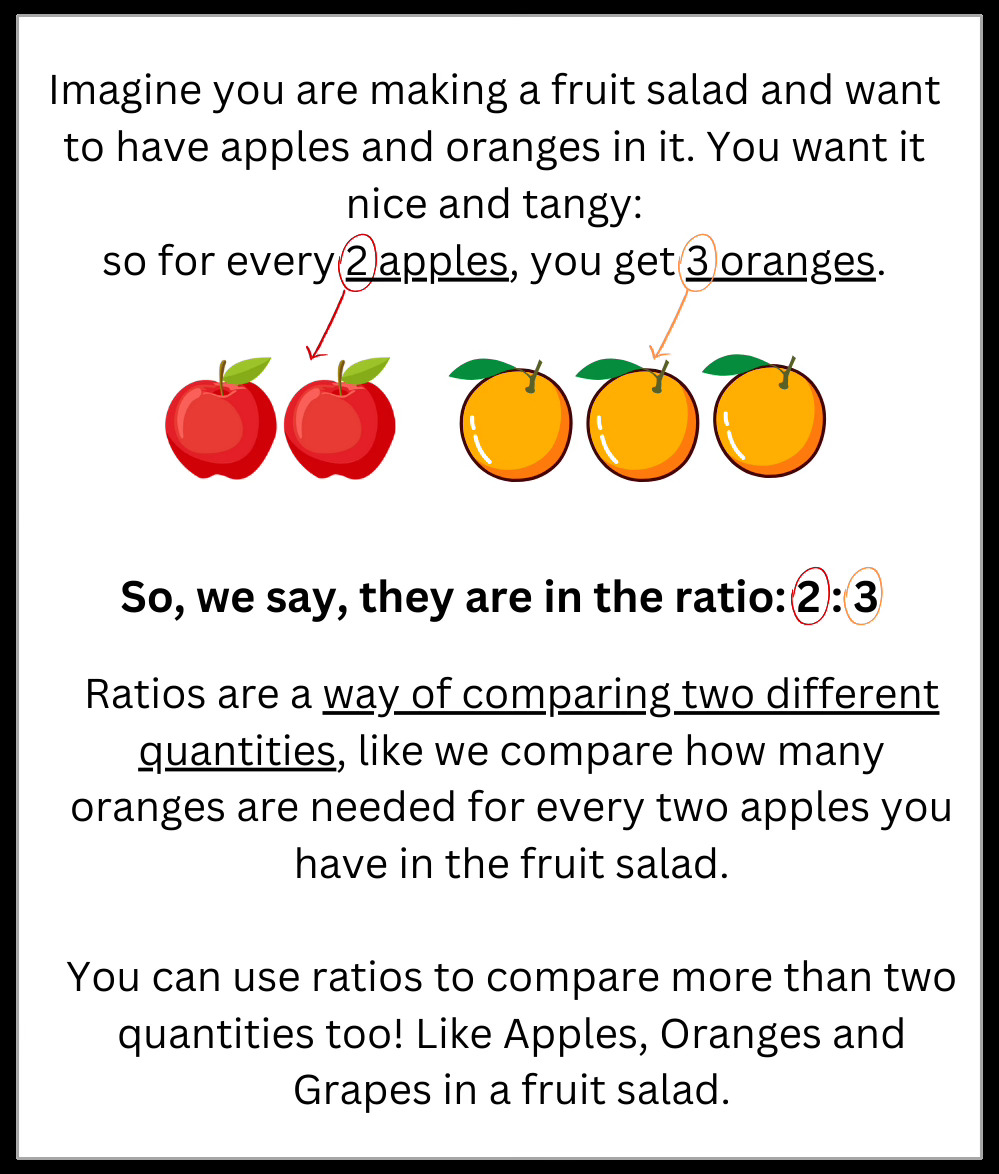Scaffolding: The Bridge Over Troubled Waters
What is scaffolding? In construction: it's a temporary structure that holds workers or materials during construction. In education, it serves a similar purpose. It's our way of providing support until our students are ready to 'build' independently.
But what does this look like in a maths classroom?
Recent research gives us valuable insights. It suggests that the effectiveness of our support (or 'scaffolding') depends heavily on how much independent work time we allot to our students. Think of it this way: the more we hover over them, the less they discover. The more we “spoonfeed”, the less they learn. But, leave them alone for too long, and they might just drift into the sea of confusion.
So, we must balance supported and independent learning. Scaffolding can provide this balanced approach.
Applying Scaffolding in Math
1. Start With Clear, Simple Instructions: Maths can be intimidating to many students, especially from middle school on, when they encounter complex and abstract concepts. Starting with clear, digestible instructions can help students understand methods and processes more confidently. When instructions aren’t clear, or when they are ambiguous, students get stuck.
Use visual aids, step-by-step guides, and examples. Even simple visual aids like highlighting or underlining important ideas can help children focus better. As teachers, we do this unconsciously. But we don’t want to highlight the entire story. So, making a conscious effort to identify and highlight important aspects of a concept are key.
Example: Introducing ratios and proportions? There are two ways to use highlighting to provide clarity:
a. A ratio is a way to compare two quantities, like how many apples there are compared to oranges. A proportion tells us that two ratios are equal.
b. Or you can try it this way:
Which one would more of your students find easier to understand?
Do they both convey the same meaning?
Improve it:At the end of the class, get a mix of your brightest and struggling students and ask them how easy or difficult it was, when you used an illustration. We may think we did something brilliant (since we also put a lot of work into it). But your 10 year-old student may not see it that way. For the last two minutes of your class, make your student your teacher.
2. Build Background Knowledge: Before diving into algebra, ensure your students are comfortable with basic arithmetic. We often don’t realize the children carry learning deficits from earlier grades. And, if they do, they will find it difficult to grasp a new concept. It is always easier to build on what we already know, than to learn something entirely new.
How to do it:When you teach a new concept, you could start with a “refresher” homework, activity or a quiz. Simple assignments that require your students to apply a connected concept and refresh their memories. Be careful, not to just give them a bunch of problems to solve, but also give them a source to learn the topic from, if they don’t know it. Make it an open book, non-competitive thing.
This kind of pre-lesson prep makes them better prepared for the new lesson and gets them started more confidently.
What seems like extra-time spent in conducting the pre-lesson activity, turns out to be a time saver, when you compare the amount of time you have to spend of remedials after completing the whole chapter.
Example: Before tackling algebra, ensure they're comfortable with basic operations. If the lesson is on solving for 'x', start by revising multiplication and division rules. "Remember, what we do to one side of the equation, we do to the other."
Before you start the chapter on algebra, you could give them some problems or situations where properties of equality can be applied. Or the basic properties of addition and multiplication can be applied.
3. MultiModal Teaching: Combine verbal explanations with audio-visual aids. Get them to move around, use their hands, or even their entire bodies and voices to understand shapes, angles, and dimensions. Engaging multiple senses helps cement learning. If you allow them a creative outlet, they won’t just learn, but will make the whole class fun!
Example: Check out this video:
Imagine your students turning the classroom into a jam session. Be a part of the process. Help them make sure, they include the correct ideas in the lyrics. Viola, your talented mathemusicians will be ready to rock the lesson.
The same thing applies to making collages, cutouts or anything else that makes them use creativity, hands, colors and voices.
4. Use Graphical / Visual Representation: Flowcharts, mind maps, and diagrams can work wonders. They help students break down complex problems into manageable parts – like a puzzle master planning their next move. At the same time, when the look at the whole, they learn to see the big picture.
Example: Introduce a complex concept like the Pythagorean theorem with a mind map. Start with the theorem at the center and branch out to examples, formulas, and proofs. It can help them see how everything connects.
Hint: Creating such a mind map, can be overwhelming for students, even if the whole class is involved. A great idea would be to create a part of the mind-map yourself and work with the class to fill the gaps and extend the mind-map. It is similar to multi-modal teaching, but more controlled.
5. Encourage Reflection: After solving a problem, ask them how they arrived at the answer. What worked? What didn't? This reflection is like looking in the rearview mirror to understand the road traveled.
So far, we have seen examples of you scaffolding your students’ learning as a teacher. With this step, the students start to learn how to build their own scaffolding. They learn to reflect and pick key ideas, find areas where they need help, what works for them and what doesn’t: all by themselves. This is an important step to making them self-learners.
Example: After solving a problem, ask, "How did you figure out the answer? What steps did you take? What part of the problem-solving process seemed the most important to you? What concepts from earlier grades did you use?" This encourages them to think about their thought process and problem-solving approach, reinforcing learning through self-exploration.
Tailor Your Support
Every concept, classroom and situation will require different level of support and scaffolding. It is important to tailor your support to the independent working time. Quick check-ins are great for shorter tasks, while longer explorations might require more guided support.
For a short assignment on multiplication tables for example, you could roam the class, offering quick tips or corrections. For a longer project, like a graphing exercise, spend more time with groups of students, guiding them through the process step-by-step. For some other tasks, you may let them do it entirely independently.
The Magic of 'Just-Right' Support
Remember Goldilocks? Not too hot, not too cold, but just right. That's our aim with scaffolding. Too much help, and we risk spoon-feeding them. Too little, and we leave them stranded. The key is to find that sweet spot – where support meets independence, and confusion turns into clarity.
In the world of maths education, scaffolding isn't just a strategy; it's an art form. It requires us to be attuned to our students' needs, to know when to step in, and importantly, when to step back. By mastering this art, we don't just teach math; we inspire mathematical thinkers.
The Shameless Marketing Plug
With Countingwell , we have made scaffolding an inherent part of the process. We have-designed formative assessments, that don’t just function as Assessments for Learning but also as Assessments As Learning, guiding the students and providing hints and support as they solve problems.
We include pre-designed assignments on the prior knowledge required for every chapter, with learning content built-in. This makes it easy for the teachers to help students build background knowledge before starting new concepts.
And finally, the activities, case studies, “thinking questions” and the “dictionary” we provide becomes a powerful tool in the hands of a teacher who wants to involve students in the work of maths beyond textbooks. All you have to do as a maths teacher is to just aim and shoot. We have all the ammunition for you to scaffold your teaching and make the whole teaching-learning process effective and outcome-driven.
Countingwell for Schools
Countingwell is a smart assistant for your Maths teachers. With Countingwell your teachers can:
Conduct formative assessments
Use data on learning gaps to provide effetive and immediate remedials to students
Use the Teacher Resource Kit for additional teaching resources and content for experential learning.
Register Your School to start a free pilot












